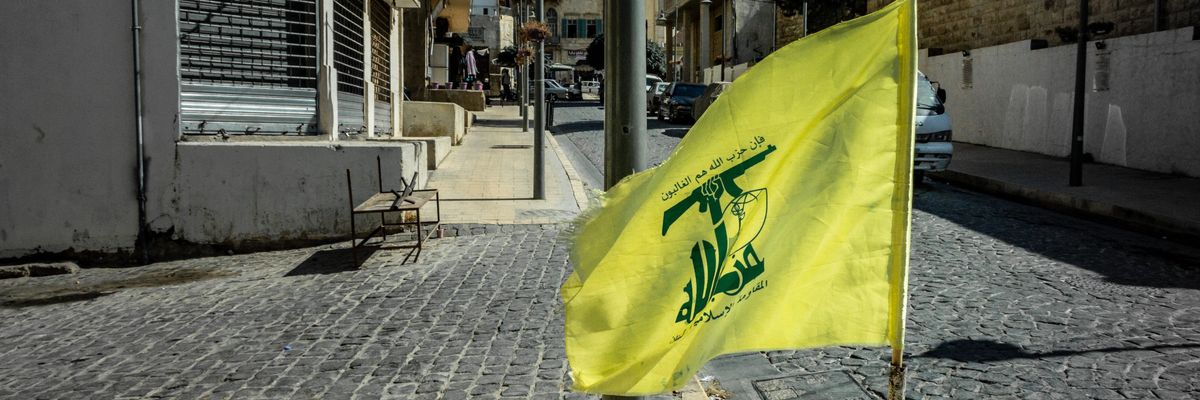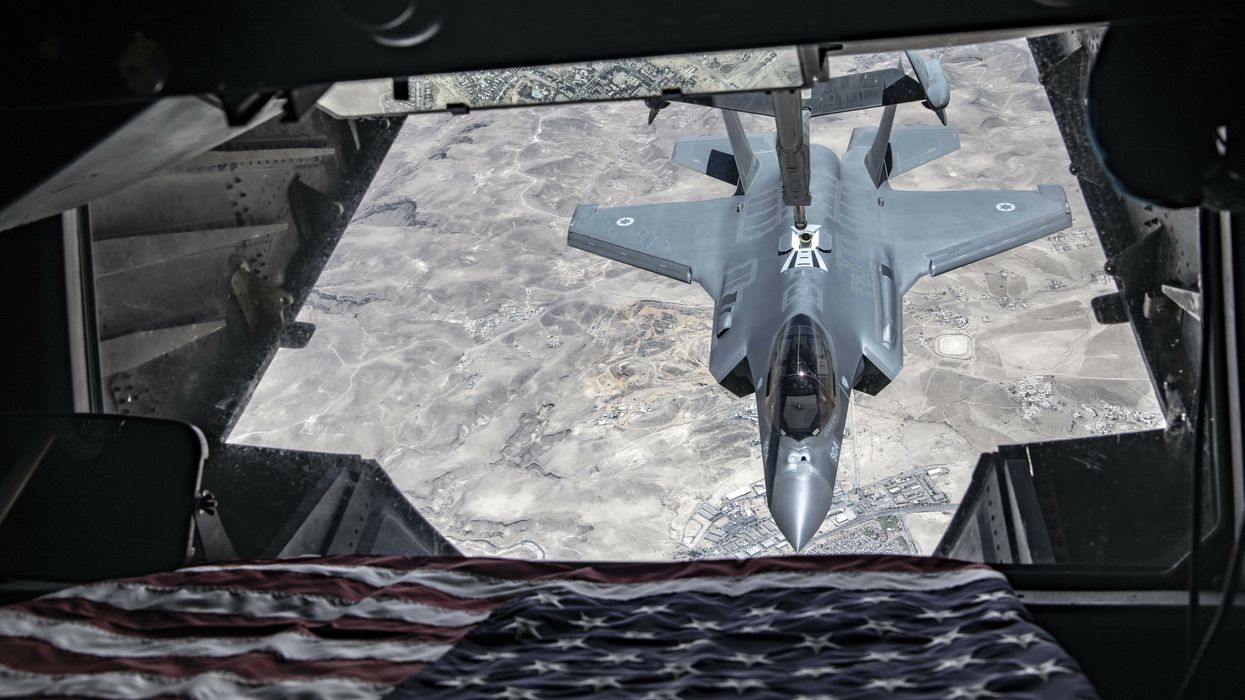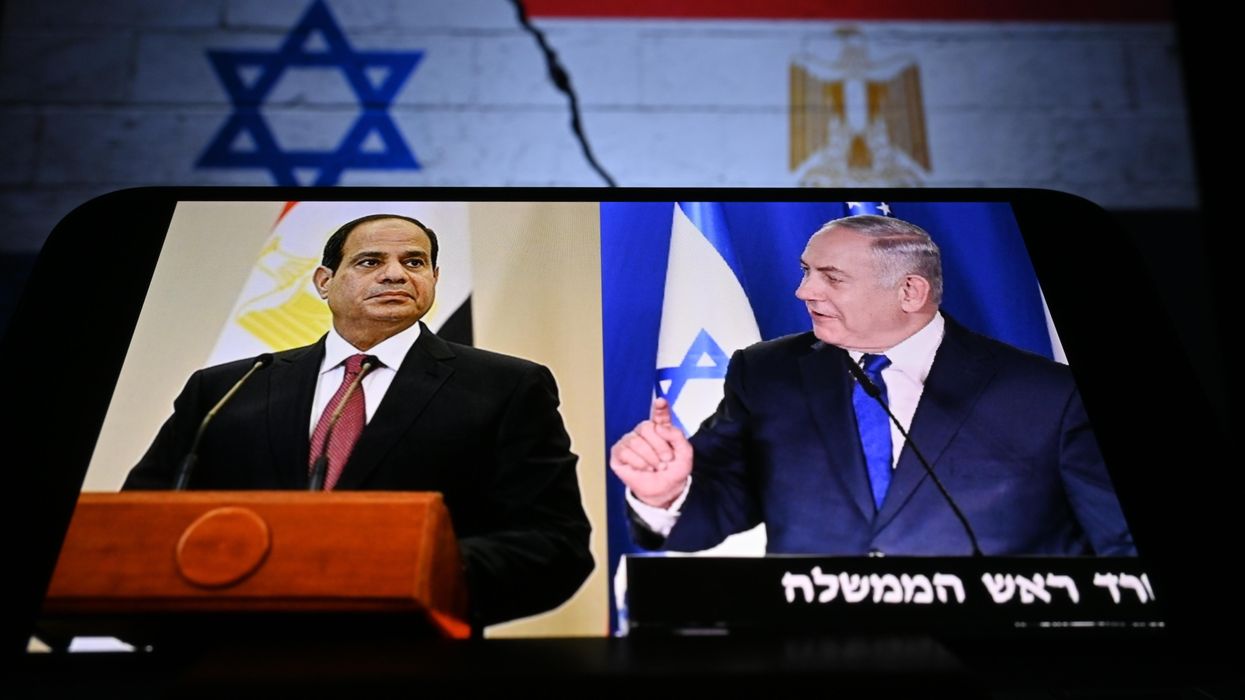Dramatic events in Baghdad and the assassination of Iranian Quds Force General Qassem Soleimani have left the United States and Iran veering toward open hostilities. Some in Washington, especially stalwart neoconservatives, have openly longed for this day, which many hoped would mark the beginning of the end of the regime in Tehran. That is unlikely. U.S. war with Iran raises the specter of yet another American military defeat in the region, because Iran too has long prepared for this moment.
Iran perhaps more than any other U.S. rival has adopted the military logic of the new war era, building a hybrid force of conventional soldiers and irregular fighters around the principles of asymmetric warfare to deadly effect. The Iranian ability to fight the United States in the Middle East is greater than most Americans care to acknowledge, but military experts understand the deadly threat Iran poses well. In one war game by the U.S. Joint Forces Command, Marine General Paul Van Riper simulated an Iranian attack on U.S. naval assets using small boats and planes manned by suicide bombers. The low-tech strike sunk 16 U.S. naval vessels and killed thousands of sailors. In another war game, this one organized by the Atlantic, retired Air Force colonel and war game expert Sam Gardiner simulated multiple scenarios for a U.S. attack on Iran aimed at stopping the Iranian nuclear program. None worked. “After all this effort, I am left with two simple sentences for policymakers,” Gardiner said after the exercises. “You have no military solutions for the issues of Iran. And you have to make diplomacy work.” Still other war games done by the CIA and the Defense Intelligence Agency reached similar conclusions.
The problem with war against Iran can be summed up easily enough. The idea of invading and occupying Iran to change the regime is utter lunacy. That would lead to a quagmire making the U.S. occupation of Iraq look like a skirmish. No one sane in Washington questions this reality, but many see limited war against Iran as an option. The idea would be to bomb Iran and its assets around the Middle East, cripple the economy with sanctions and work to foment a popular uprising within the country that could topple the regime. The model for this is the U.S. containment of Iraq from 1991 to 2003.
By mid 1991, American warplanes patrolled Iraqi skies as part of the unsettled aftermath of the Persian Gulf War. An ostensibly international coalition maintained no-fly zones in southern and northern Iraq in order to prevent Saddam Hussein from attacking civilians, but as is so often the case, U.S. forces did most of the combat flights. And there was definitely combat. Iraqi missile batteries would periodical fire on coalition air patrols. The coalition warplanes would return fire, sometimes into the areas where Iraqi missiles originated, sometimes against targets of their own choosing elsewhere at a later time. The desultory attacks and counterattacks that characterized activity in the no-fly zones amounted to a form of low-grade warfare between Iraq and the United States that ran for more than a decade. The overall cost to the United States of maintaining the two no-fly zones over Iraq was roughly $1 billion a year.
Little of this nearly constant state of hostility between the United States and Iraq caught public attention in America, largely because Iraqis never managed to shoot down any U.S. planes. In a very real sense the United States and Iraq remained at war throughout the 1990s and into the early 2000s. The war was undeclared and unusual in its character given how it unfolded mainly in no-fly zones, realms effectively unseen by the media and the general public. But it was war nonetheless. Iraqis on the receiving end of American bombs through the 1990s certainly understood their confrontation with the United States to be a form of war.
Limited war with Iran would go much like this, though with one key difference. At no point during the 1990s did Saddam Hussein’s Iraq have the ability to unleash destruction against the United States and its allies in the Middle East, but Iran does. Iran actively maintains a network of thousands of militants in the region, with organizations like Hezbollah, Hamas and the Popular Mobilization Forces ready to provide fighters. These groups and the many other militant outfits around the Middle East aligned with Tehran effectively form a legion of proxies that could wreak havoc in the region. Iran’s basic approach to proxy fighting, which some analysts call hybrid warfare, is to offer money, weapons ,and ideological indoctrination to militants involved in fighting against Iran’s rivals, chiefly Israel, Saudi Arabia, and the United States. Iran sometimes has little formal control over these groups, but control is not the point. Iran creates and supports such groups in order to unleash them, not lead them.
Importantly, the weapons Iran provides to its proxies are far deadlier and more sophisticated than the boxes of Kalashnikovs patron nations so often offer to favored militants. Iran has supplied its allies in the Middle East with arms ranging from high-powered sniper rifles to drones. U.S. forces came to know how deadly Iranian proxies can be firsthand in Iraq, where American officials say militants linked to Iran killed more than 600 U.S. military personnel during the U.S. occupation.
The highly public assassination of Qassem Soleimani adds another potent weapon to Iran’s arsenal, easily incited street mobs. The recent storming of the U.S. Embassy in Baghdad offers a perfect preview on a small scale of what Iran can muster in a fight with the United States. The elements of that confrontation are instructive. Militia fighters and street demonstrators banded together and marched on the embassy with either active or tacit support from Iranian backers. Iraqi allies very quickly acquiesced and allowed a dangerous standoff to unfold.
Thankfully no one was seriously hurt in the recent embassy drama, but that luck will likely not hold any longer. Diplomatic and military facilities all over the Middle East are now in a very dangerous moment as Iran contemplates its response. But even in this early phase of conflict the end result is discernible. After a period of violence, the regime in Tehran will remain. There is no reason to believe that limited war will topple the Iranian government given its obvious strengths and the failure of the U.S. effort to dislodge Hussein with measures short of outright invasion, which is unthinkable for Iran. The fighting that seems certain to erupt now will claim many lives, raise oil prices, and generally erode stability in the region – exactly the opposite of U.S. policy aims in the Middle East.
















